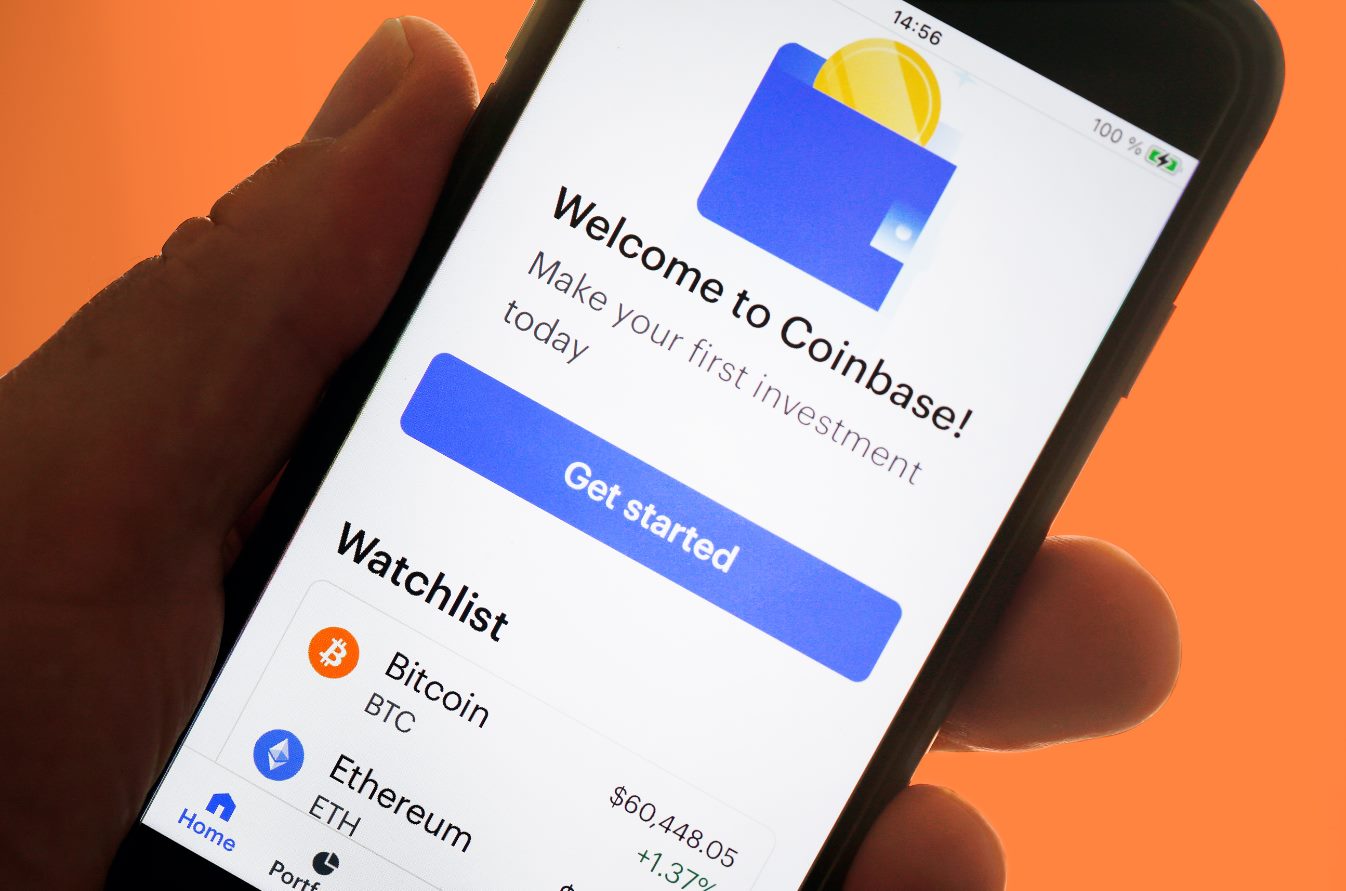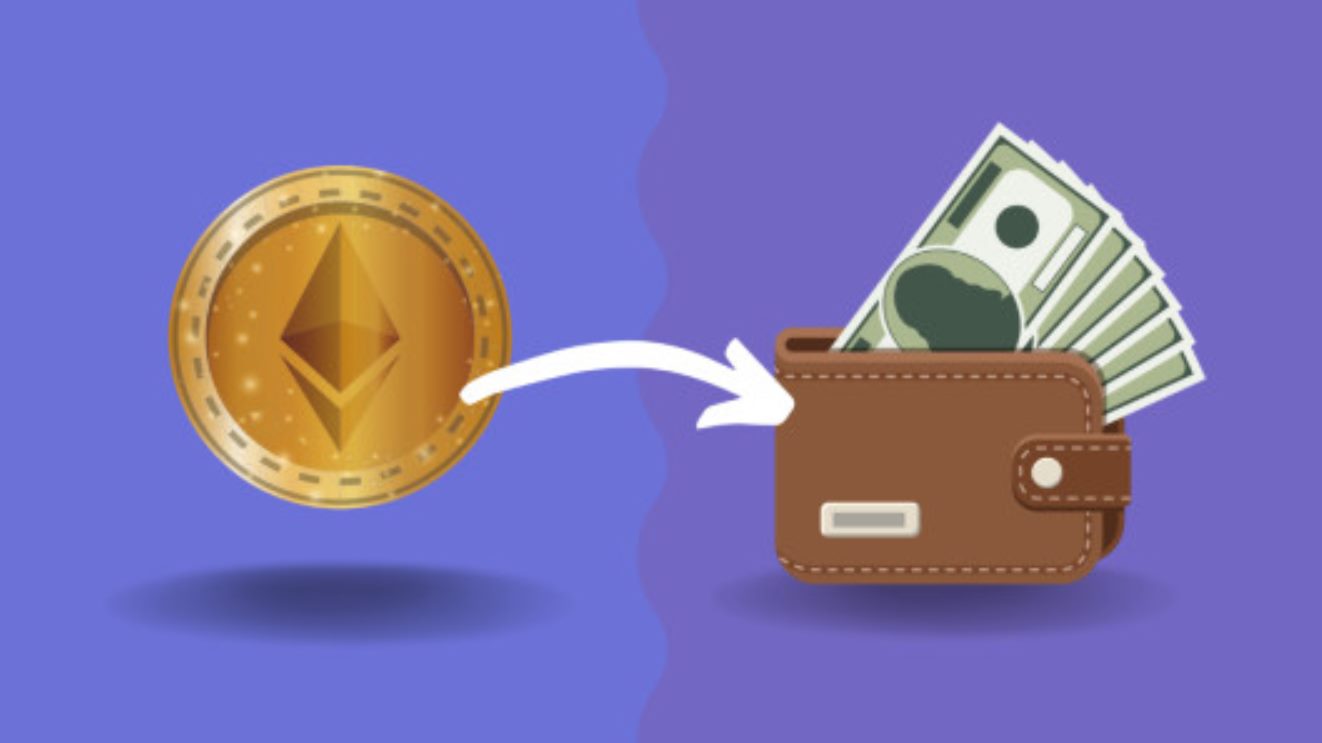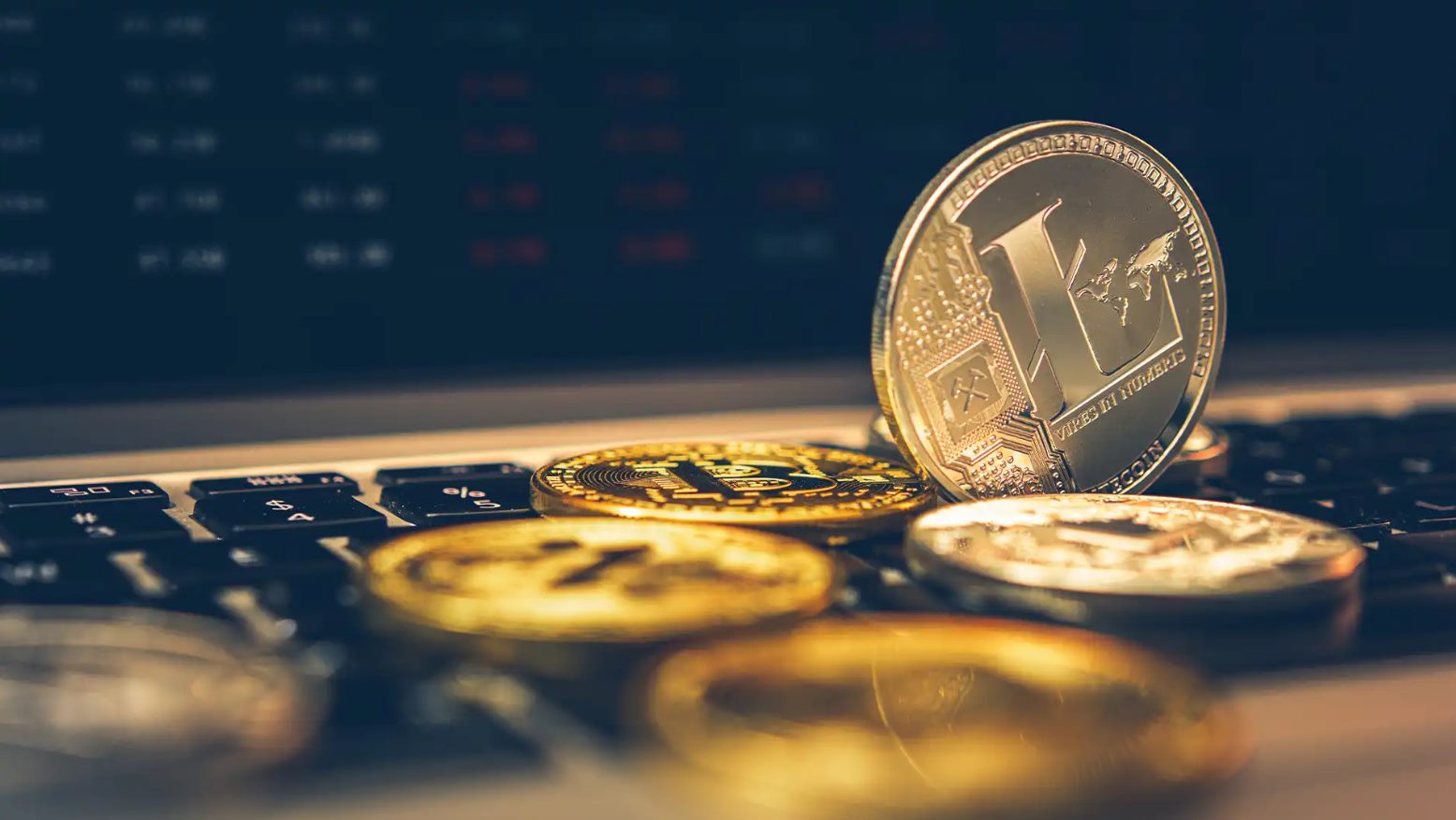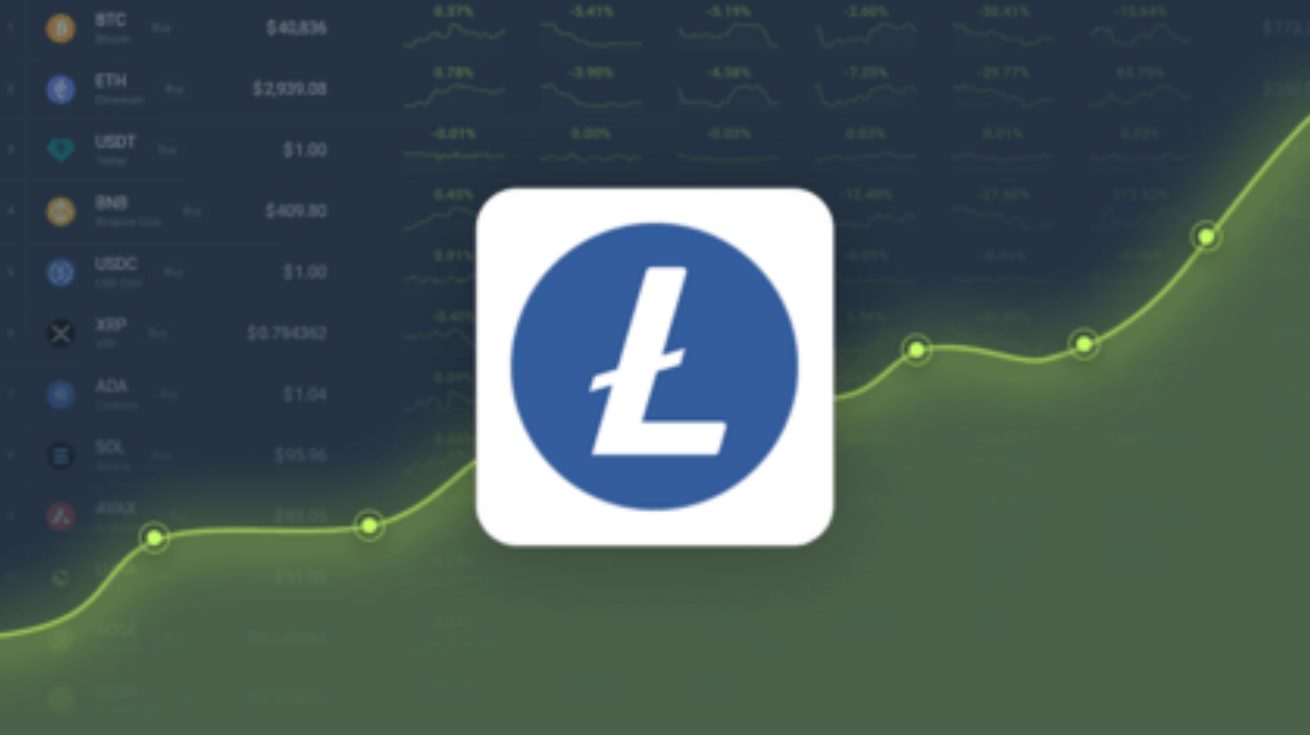Introduction
Welcome to this guide on how long it takes for Litecoin to transfer. If you’re interested in cryptocurrencies, you’ve probably heard about Litecoin, one of the leading digital currencies in the market.
Litecoin, often referred to as the “silver” to Bitcoin’s “gold,” was created in 2011 by Charlie Lee, a former Google engineer. Like Bitcoin, Litecoin operates on a decentralized network using blockchain technology. It enables users to send and receive payments globally, with faster transaction times and lower fees compared to traditional banking systems.
When it comes to transferring Litecoin or any other cryptocurrency, speed is a crucial factor. In this article, we will provide insights into the transfer process, the factors that affect transfer time, and strategies to speed up your Litecoin transfers.
Before diving into the details, it’s important to note that the transfer time for Litecoin can vary depending on various factors. These factors include network congestion, transaction volume, the fee paid for the transaction, and the overall efficiency of the Litecoin network at the time of the transfer.
Understanding how these factors impact transfer times will help you manage your expectations and make informed decisions when sending or receiving Litecoin. So, let’s explore the transfer process and the key factors that play a role in determining how long it takes for Litecoin to transfer.
Understanding Litecoin
Before we delve into the transfer process, let’s take a moment to understand Litecoin and its significance in the world of cryptocurrencies. Litecoin is a peer-to-peer digital currency that enables instant, low-cost payments to anyone around the world. It was created as an open-source project in 2011, with the goal of addressing some of the limitations of Bitcoin.
While Litecoin shares many similarities with Bitcoin, there are a few key differences that set it apart. Firstly, Litecoin has a faster block generation time, which means transactions can be confirmed more quickly. Bitcoin blocks are generated every 10 minutes, whereas Litecoin blocks are created every 2.5 minutes.
Additionally, Litecoin uses a different hashing algorithm called Scrypt, whereas Bitcoin uses SHA-256. This algorithm change makes Litecoin more resistant to mining centralization, allowing for a more decentralized network.
Another distinguishing feature of Litecoin is its maximum supply. While Bitcoin has a capped supply of 21 million coins, Litecoin has a total supply of 84 million coins. This larger supply allows for greater accessibility and affordability for users.
Litecoin has gained significant popularity over the years and is widely accepted by merchants and online platforms as a payment method. It has also become a popular choice for investors and traders due to its liquidity and potential for price appreciation.
Now that we have a basic understanding of Litecoin, let’s explore the process of transferring this cryptocurrency and the factors that influence transfer time.
The Transfer Process
The transfer process for Litecoin involves sending and receiving digital currency from one wallet to another. Wallets can be software-based, online, or hardware devices specifically designed to store cryptocurrencies securely.
When initiating a transfer, you will need to input the recipient’s wallet address, which is a unique alphanumeric string identifying their wallet. It is crucial to double-check the address to ensure accuracy, as transactions cannot be reversed once confirmed on the blockchain.
Once you have entered the recipient’s wallet address, you will specify the amount of Litecoin you want to send. This can be done either in Litecoin units or fiat currency equivalents, depending on the wallet or exchange platform you are using.
After confirming the transfer details, you will need to pay a transaction fee. This fee is used to incentivize miners who validate and include the transaction in the blockchain. The fee amount can vary depending on network conditions and the urgency of the transfer. Higher fees generally result in faster confirmation times.
Once the transaction is submitted, it enters the Litecoin network’s mempool, where it awaits confirmation by miners. Miners compete to solve complex mathematical puzzles, which allows them to add a new block of transactions to the blockchain. Once a miner successfully adds the block, the transaction is considered confirmed, and the recipient’s wallet balance is updated.
It’s important to note that Litecoin transactions, like other cryptocurrencies, are designed to be immutable and secure. Once confirmed, transactions cannot be reversed or altered, providing a high level of trust and transparency.
Now that we have covered the transfer process, let’s explore the factors that can influence the time it takes for a Litecoin transfer to be completed.
Factors That Affect Transfer Time
Several factors can impact the time it takes for a Litecoin transfer to be completed. Understanding these factors will help you manage your expectations and plan your transfers accordingly. Here are the key factors that influence transfer time:
- Network Congestion: When the Litecoin network is experiencing high transaction volume, it can lead to congestion and slower confirmation times. During periods of high demand, such as during significant market movements or popular events, transfer times may be longer.
- Transaction Fee: The transaction fee you choose to pay can also impact the speed of your transfer. Miners prioritize transactions with higher fees, as it provides them with greater rewards. If you choose to pay a higher fee, your transaction is more likely to be included in the next block and confirmed faster.
- Block Confirmation Time: Litecoin’s block confirmation time of 2.5 minutes means that it takes, on average, that amount of time for a new block of transactions to be added to the blockchain. Your transfer will need to wait for confirmation in one of these new blocks, which can impact the overall transfer time.
- Wallet Settings: Some wallet providers allow users to adjust the priority or speed of their transactions. By selecting a higher priority or speed setting, you can potentially speed up the confirmation time of your transfer.
- Network Efficiency: The overall efficiency and health of the Litecoin network can impact transfer times. Factors such as the number of active nodes, available network resources, and software optimizations can influence the speed at which transactions are processed and confirmed.
It’s worth noting that while these factors play a role, Litecoin generally offers faster confirmation times compared to traditional banking systems. However, transfer times can still vary, and it’s essential to consider these factors when planning time-sensitive transactions.
Now that we understand the factors influencing transfer time, let’s explore the typical transfer time for Litecoin and strategies to speed up your transfers.
Typical Transfer Time for Litecoin
The transfer time for Litecoin can vary depending on the factors mentioned earlier. On average, a Litecoin transfer can be confirmed within a few minutes, thanks to its faster block confirmation time compared to Bitcoin.
During normal network conditions, where there is no significant congestion, transactions with standard fees can typically be confirmed within 15 minutes to an hour. However, it’s essential to keep in mind that this is just an estimate, and transfer times can be shorter or longer depending on the factors at play.
If the Litecoin network is experiencing high transaction volume or congestion, transfer times could be slightly delayed. In such cases, it may take a few hours or even longer for your transaction to be confirmed. To track the progress of your transfer, you can use blockchain explorers or check the status within your wallet or exchange platform.
It’s worth mentioning that Litecoin’s transaction confirmation time is relatively faster compared to traditional banking systems that can take several days for international transfers. This speed and efficiency are among the key advantages of using cryptocurrencies for remittance and cross-border transactions.
While the typical transfer time for Litecoin is relatively quick, there are strategies you can employ to speed up your transfers even further.
Now, let’s explore some practical ways to expedite your Litecoin transfers.
How to Speed Up Litecoin Transfers
If you’re looking to speed up your Litecoin transfers, here are some strategies you can employ:
- Set a Higher Transaction Fee: One of the most effective ways to expedite your Litecoin transfer is to choose a higher transaction fee. Miners prioritize transactions with higher fees as it incentivizes them to include the transaction in the next block. By opting for a higher fee, your transaction is more likely to be confirmed faster.
- Choose Wallets with SegWit Support: Segregated Witness (SegWit) is a technology upgrade that allows for faster transaction processing. Look for wallets that support SegWit addresses as they can help reduce transfer times.
- Utilize the Lightning Network: The Lightning Network is a Layer 2 solution built on top of the Litecoin blockchain. It enables instant and low-cost transactions by creating payment channels between users. By utilizing the Lightning Network, you can bypass the congestion of the main blockchain and enjoy faster transfers.
- Timing your Transfers: Consider initiating your Litecoin transfers during periods of lower network congestion. By avoiding peak times, you can potentially experience quicker confirmation times.
- Keep Your Wallet Software Updated: Regularly updating your wallet software ensures that you have the latest optimizations and improvements in place. These updates may improve the efficiency and speed of your Litecoin transfers.
Implementing these strategies can help expedite your Litecoin transfers, reducing the time it takes for your transactions to be confirmed. However, it’s important to keep in mind that there may still be factors beyond your control, such as overall network congestion, which can impact the transfer time.
Now that you have a better understanding of how to speed up your Litecoin transfers, let’s recap what we’ve discussed before concluding this guide.
Conclusion
In conclusion, the transfer time for Litecoin can vary depending on several factors, including network congestion, transaction fees, block confirmation time, wallet settings, and network efficiency. On average, a Litecoin transfer can be confirmed within a few minutes to an hour. However, during periods of high network congestion, transfer times may be slightly delayed.
Despite potential variations in transfer time, Litecoin offers faster confirmation times compared to traditional banking systems. It provides a convenient and efficient means of sending and receiving funds globally, with lower fees and greater accessibility.
To speed up your Litecoin transfers, you can employ strategies such as setting a higher transaction fee, using wallets with SegWit support, utilizing the Lightning Network, timing your transfers to avoid peak congestion, and keeping your wallet software updated.
It’s important to note that while these strategies can help expedite your transfers, there may still be external factors that impact the overall transfer time. It’s always a good idea to stay informed about network conditions and manage your expectations accordingly.
In summary, Litecoin offers a reliable and efficient means of transferring funds, with relatively quick confirmation times. By understanding the transfer process, being aware of the factors that influence transfer time, and implementing strategies to speed up your transfers, you can optimize your experience when sending or receiving Litecoin.
So, whether you’re making payments, sending remittances, or engaging in cryptocurrency trading, Litecoin provides a fast and secure digital currency solution with global accessibility.

























